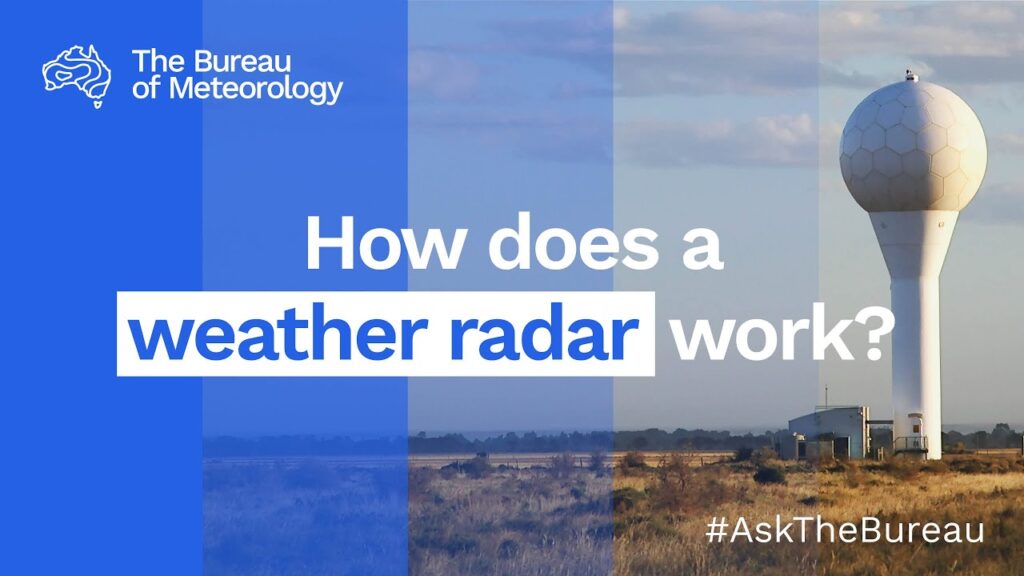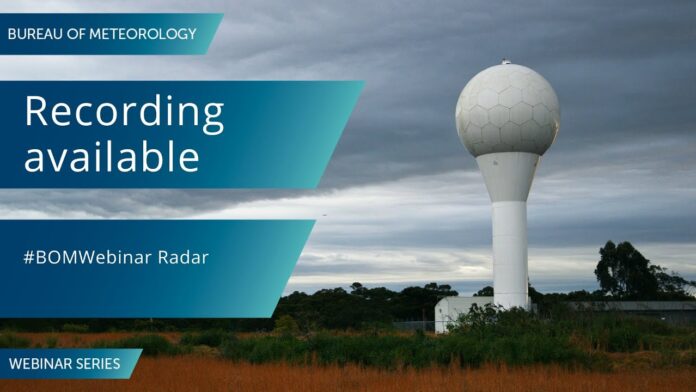bom radar tells us where the rain and storms are. It shows moving pictures of clouds and rain on a big screen. You can see if rain is coming to your town. Farmers, drivers, and kids who plan a picnic look at bom radar to be safe. The radar uses radio waves that bounce off water in clouds. When the waves come back, the radar makes a picture. This picture helps weather people write forecasts and warn about storms. bom radar is helpful every day because weather can change fast. It is simple to read once you learn what the colors mean. Bright colors often mean heavy rain or thunder. Watching bom radar helps families pick good times to go outside and keep safe from big storms. Children can learn about weather by looking at bom radar with parents. Use official sources when planning for storms. Always check updates daily.
bom radar maps are easy to find on phones and websites. Many apps show live radar pictures that move like a video. You can zoom in to see your city or zoom out to see a whole state. People look at bom radar before they travel or work outside. Weather warnings also come from radar information when storms are strong. Simple tips help you use bom radar well: check it a few times, note the direction of the storm, and listen to official updates. If the radar shows strong colors near you, move to a safe place and stay inside. Schools and event planners use bom radar too to decide if they should cancel activities. Learning to read bom radar gives you power to plan your day and keep your family safe when the weather changes. Remember that small storms can grow, so check bom radar often. Use trusted weather sites for the best advice.
Table of Contents
What Is bom radar and How Does It Work?

bom radar is a special weather tool that helps people see where rain, clouds, and storms are moving. The word “bom” stands for Bureau of Meteorology, which is Australia’s main weather service. This radar sends out radio waves into the sky. When these waves hit raindrops, hail, or snow, they bounce back to the radar machine. The machine then makes pictures that show where the rain is falling and how strong it is.
The bom radar shows these pictures as colored maps. Light colors mean light rain, while dark colors mean heavy rain or storms. The radar keeps updating every few minutes, so you can always see the latest weather changes. Weather experts use this data to warn people when a storm or cyclone is coming. It’s one of the most trusted tools in Australia for checking the weather safely and quickly.
Why bom radar Is Important for Daily Life
bom radar helps people plan their day. If you want to go outside, travel, or work on a farm, you can check bom radar first. It tells you if rain or wind is coming soon. Farmers use it to decide when to water crops or bring animals inside. Drivers check it before long trips to stay safe from heavy rain. Even schools and event planners use bom radar before sports or outdoor shows.
It’s not just for experts. Everyone can use it because the pictures are easy to read. You don’t need to understand science to see where rain is. bom radar makes life easier and safer. It helps you choose when to go out, when to stay home, and when to prepare for a storm.
How to Read bom radar Maps Easily
Reading bom radar maps is simple once you know what the colors mean. Each color shows how strong the rain or storm is. Light blue often means soft rain. Green and yellow mean normal rain. Red and purple mean very heavy rain or storms.
You can also see arrows or moving lines on the map. These show which way the rain is going. If the rain is moving toward your town, you can expect wet weather soon. By watching bom radar for a few minutes, you can see how fast the clouds move. It’s like watching a movie of the weather happening live.
If you are planning to go outside, always check bom radar to see if the rain will stop or get stronger. This helps you stay dry and safe.
bom radar Colors: What Each One Means
The bom radar uses colors to make it easy to understand:
- Light blue: very light rain or drizzle
- Green: steady rain
- Yellow: heavy rain
- Red: strong storm or thunder
- Purple: very heavy rain or possible hail
These colors help everyone know what’s happening in their area. If you see a lot of red or purple near your town, it’s best to stay indoors. This color system helps weather experts send warnings when needed.
Checking bom radar Before Travel or Outdoor Plans
Before you travel, always take a quick look at bom radar. It can help you avoid bad weather. For example, if you are driving between cities, bom radar will show if rain is coming your way. This helps you pick the best time to leave.
People who go camping, fishing, or hiking also use bom radar. It’s the easiest way to see if it will rain or storm later in the day. bom radar updates every few minutes, so the information is always fresh. Even a short look at it can save your day from being spoiled by the weather.
bom radar Apps and Websites You Can Trust
You can find bom radar on the official Bureau of Meteorology website. Many other weather apps also show bom radar maps, but always check if they use data from BOM itself. This ensures you’re getting accurate and trusted information.
Some apps let you zoom in on your city or zoom out to see the whole country. They also show live updates and storm warnings. Using a bom radar app makes it easy to stay safe even when you’re away from home.
How bom radar Helps During Storm Warnings
When a big storm or cyclone is near, bom radar becomes very important. It helps weather experts track how strong and fast the storm is moving. They can then send out alerts to warn people early. This gives everyone time to prepare — like bringing pets inside, closing windows, and finding a safe spot indoors.
bom radar shows storm paths clearly. This helps emergency teams know where to go and where people might need help. Without bom radar, warning people in time would be much harder. That’s why bom radar is a key tool for safety in Australia.
Simple Tips to Use bom radar Like a Pro
Here are some easy tips to make the most of bom radar:
- Check it often — especially before you go out.
- Look at the colors — bright colors mean strong rain.
- Watch the movement — see which way the rain is going.
- Zoom in — find your exact area to get the best view.
- Read official warnings — always trust BOM messages.
With these steps, you’ll be using bom radar like a weather expert. It only takes a few minutes to learn, and it can help you avoid getting caught in bad weather.
Common Mistakes People Make When Reading bom radar
Sometimes people misread bom radar maps. They might look at old radar images or think light colors mean clear skies. Remember, even light blue areas still mean rain. Also, make sure you check the time shown on the radar image. bom radar updates every few minutes, so always use the latest map.
Another mistake is not checking the rain’s direction. Just because it’s not raining now doesn’t mean it won’t soon. Look at how the clouds move. This will show if rain is coming toward you.
Conclusion
bom radar is more than just a weather map. It’s a smart tool that helps you plan your day and stay safe. You can see where the rain is, how strong it is, and where it’s going next. By learning how to read it, you can make better choices every day.
Whether you’re working outside, driving, or just going for a walk, bom radar keeps you informed. Check it before you leave the house, and always follow official weather updates from the Bureau of Meteorology.
FAQs
1. What does bom radar stand for?
It stands for the Bureau of Meteorology radar, which tracks rain and storms across Australia.
2. How often does bom radar update?
It usually updates every 5 to 10 minutes with the newest weather images.
3. Can I see bom radar on my phone?
Yes, you can see it on the official BOM website or in many trusted weather apps.


